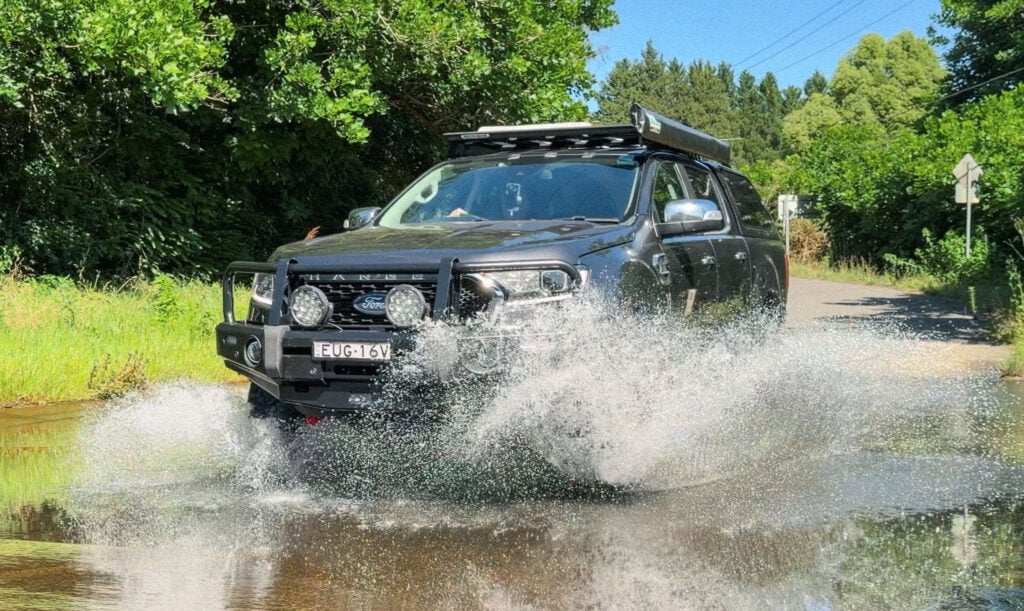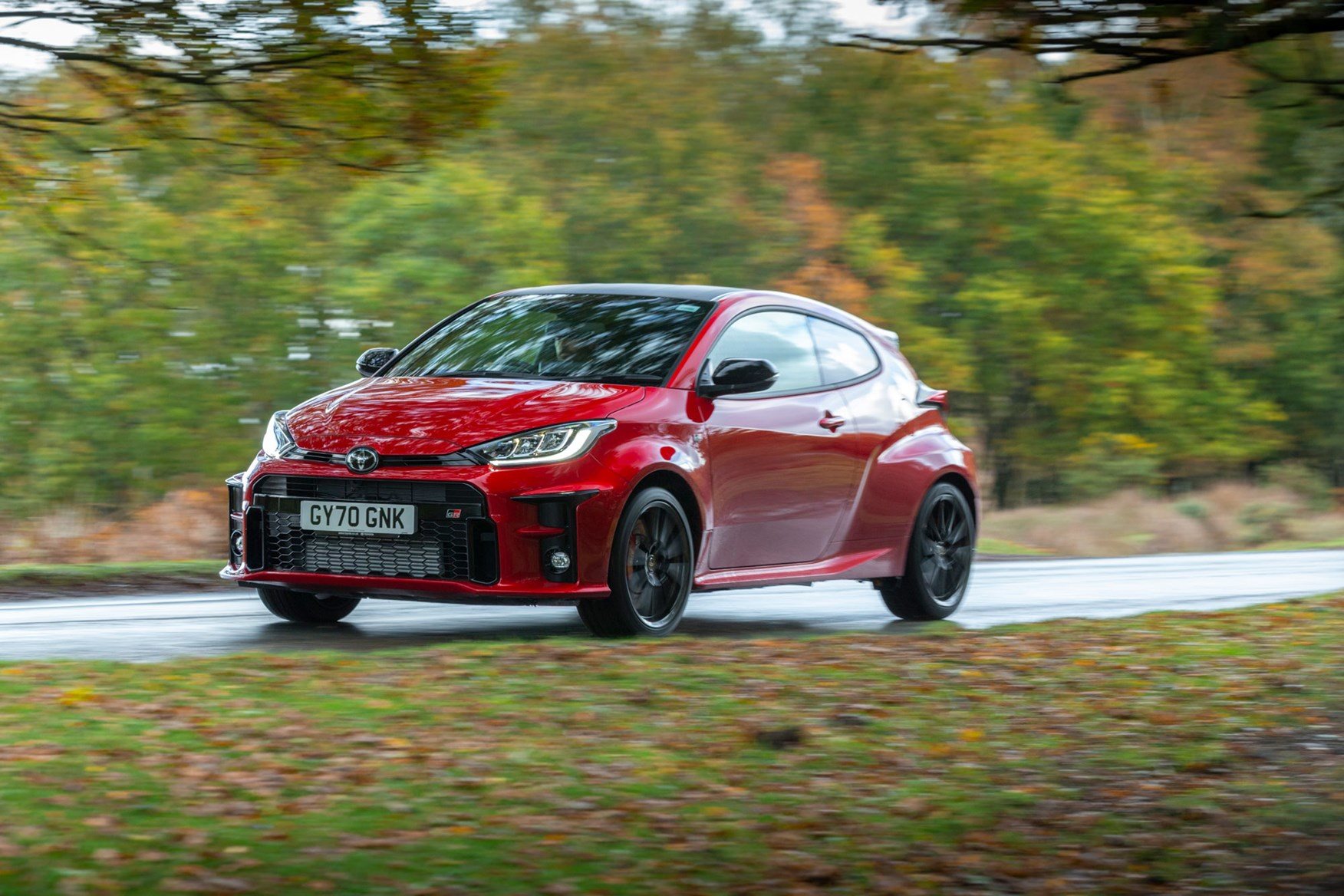
It’s hard to know where to start with the Toyota GR Yaris because, by rights, it really shouldn’t exist.
Built as a homologation special for Toyota’s 2021 World Rally Championship entry, it differs significantly from the Yaris road car with which it shares a name.
For starters, the GR is a three-door rather than five (a request from Toyota WRC team principal Tommi Mäkinen), while the platform it’s built on is unique – consisting of part Yaris, part C-HR/Corolla architecture that results in a roofline that’s 95mm lower than the regular hatch.
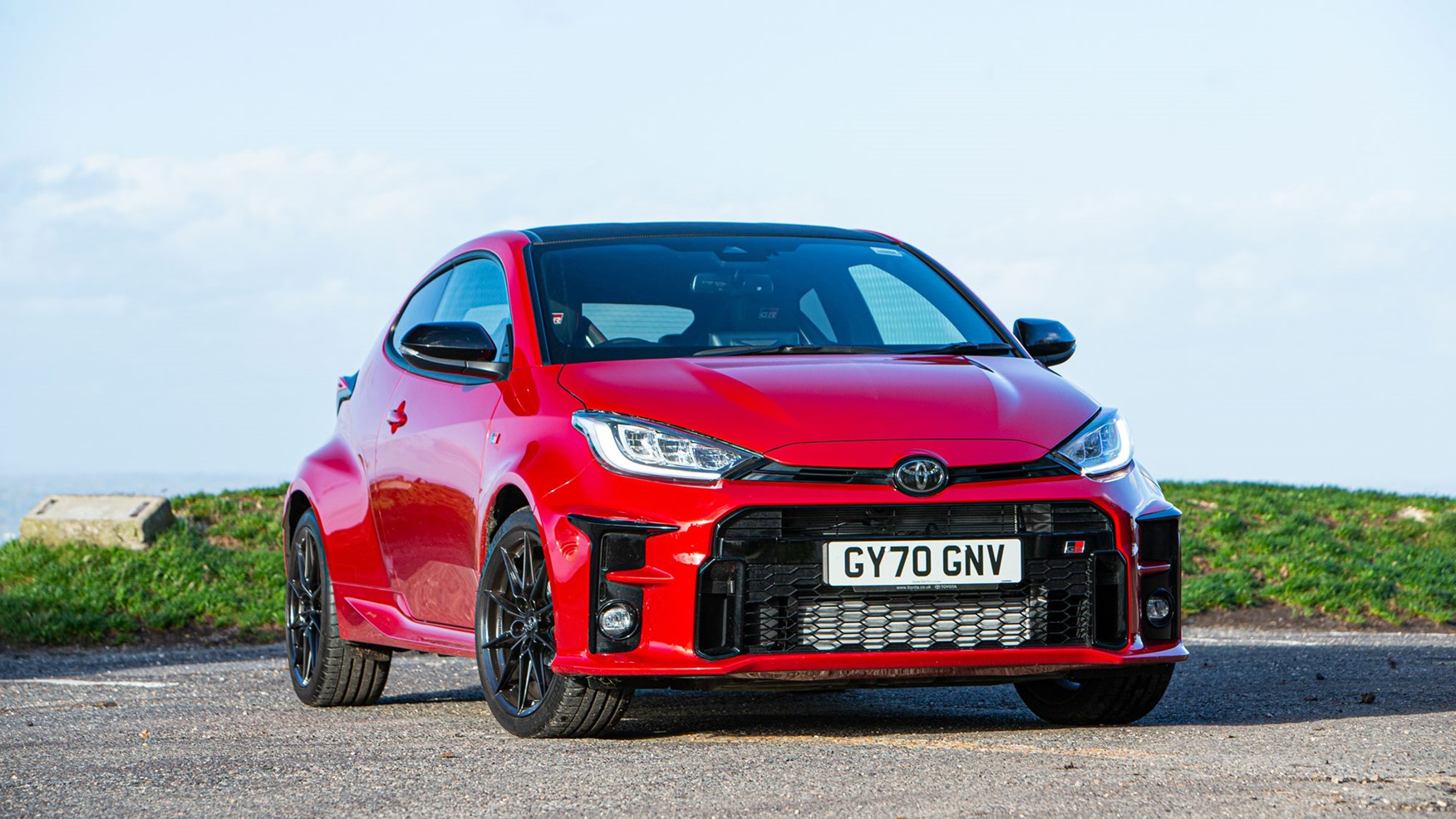
Then there’s the engine – the world’s most powerful three-cylinder unit no less, and one that Toyota had to lobby the WRC to allow.
All of this was done to satisfy a long and complex set of WRC regulations which, in basic terms, stipulate that the competition car must not deviate too significantly from its road-going equivalent.
Building a production car designed specifically for the WRC would be incredibly expensive and time-consuming, yet the pay-off would be a rally entry far superior to any of its competitors.
Or at least, it would have been, had Toyota not canned the competition car in mid-2020…
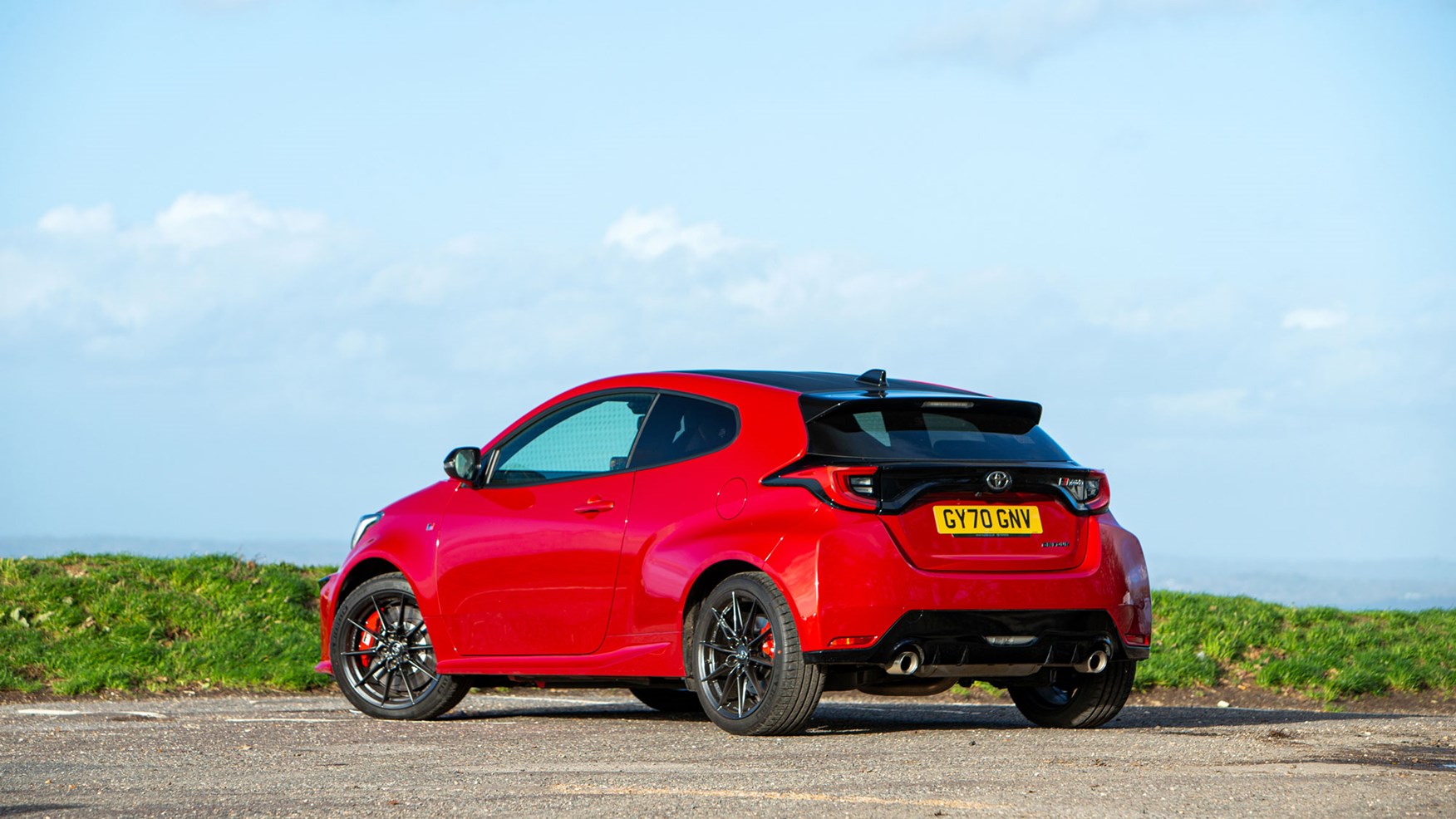
As hot-hatchbacks go, the Yaris GR has had one of the most colourful and resource-intensive conceptions in history which, on its own, makes it rather a delicious prospect for enthusiasts on the hunt for a genuinely unique performance car at the ‘cheaper’ end of the scale.
Though priced between $40,000 and $50,000, it’s hardly Ford Fiesta ST money, but a quick glance over the spec sheet alone makes you question how Toyota will ever manage to break even with it.
What are the headline figures?
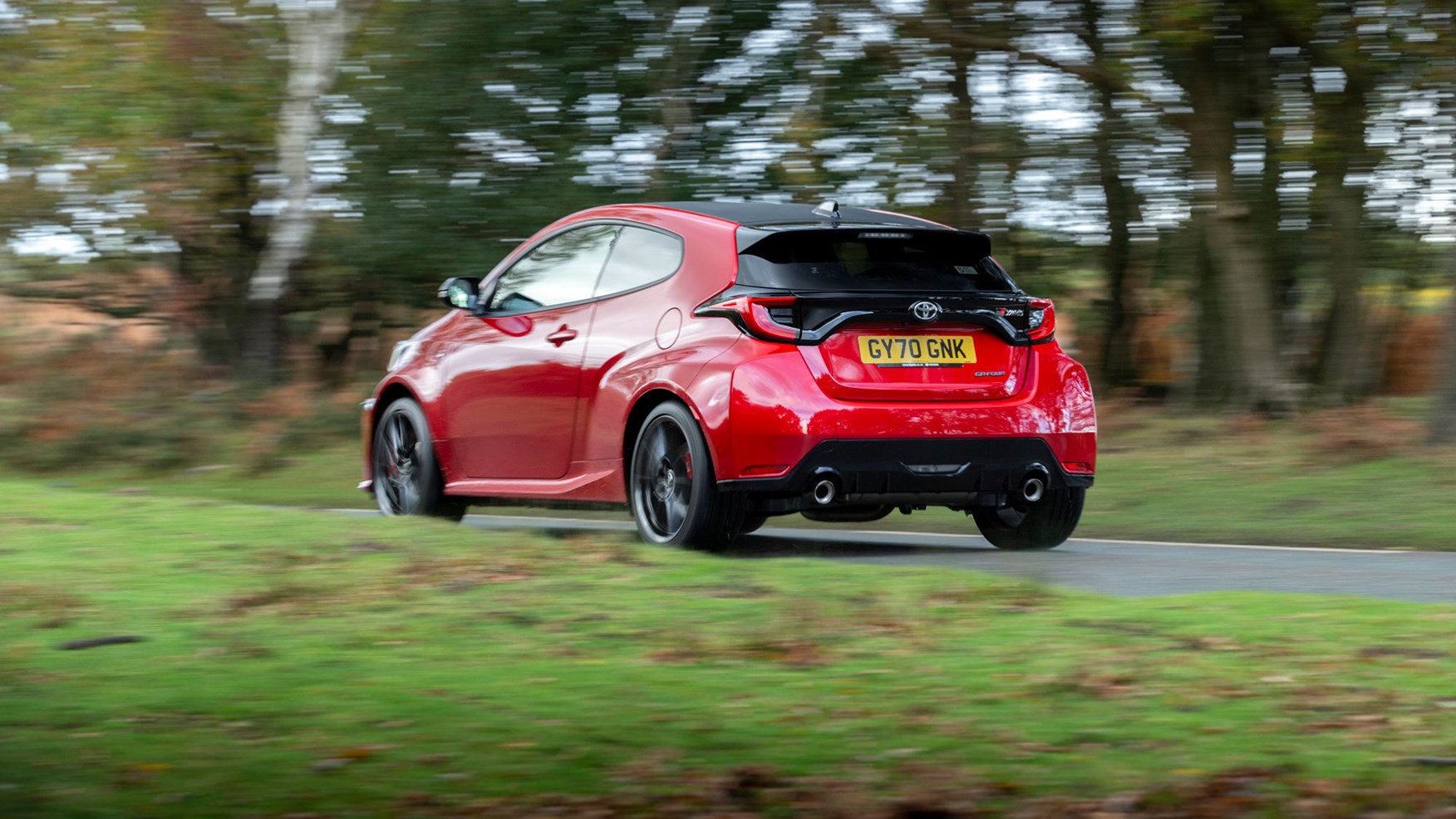
If you thought three-cylinder engines were only good for dull city cars, think again. The Yaris GR produces 200kW and 370Nm, giving a claimed 0-100km/h time of 5.2 seconds and a limited top speed of 230km/h.
Power is fed to the road via a six-speed manual transmission and GR-Four all-wheel-drive system.
Weight-saving measures – such as carbon roof (with a specially designed compound) and aluminium bonnet, doors and tailgate – mean the Yaris GR comes in at 1280kg, giving a power to weight ratio of 150kW per tonne.
For comparison, a 235kW Honda Civic Type R delivers 170kW per tonne.
What’s the engine like?
In a word – excellent. But you wouldn’t know from starting the thing up. Crank it from cold and there’s a deep clatter as the engine splutters into life with an almost diesel-like character.
So used to the appealing sounds of zesty tuned exhausts on buzzy four pots that the race-derived grumble of an off-beat three-cylinder may shock a few drivers on initial impressions.
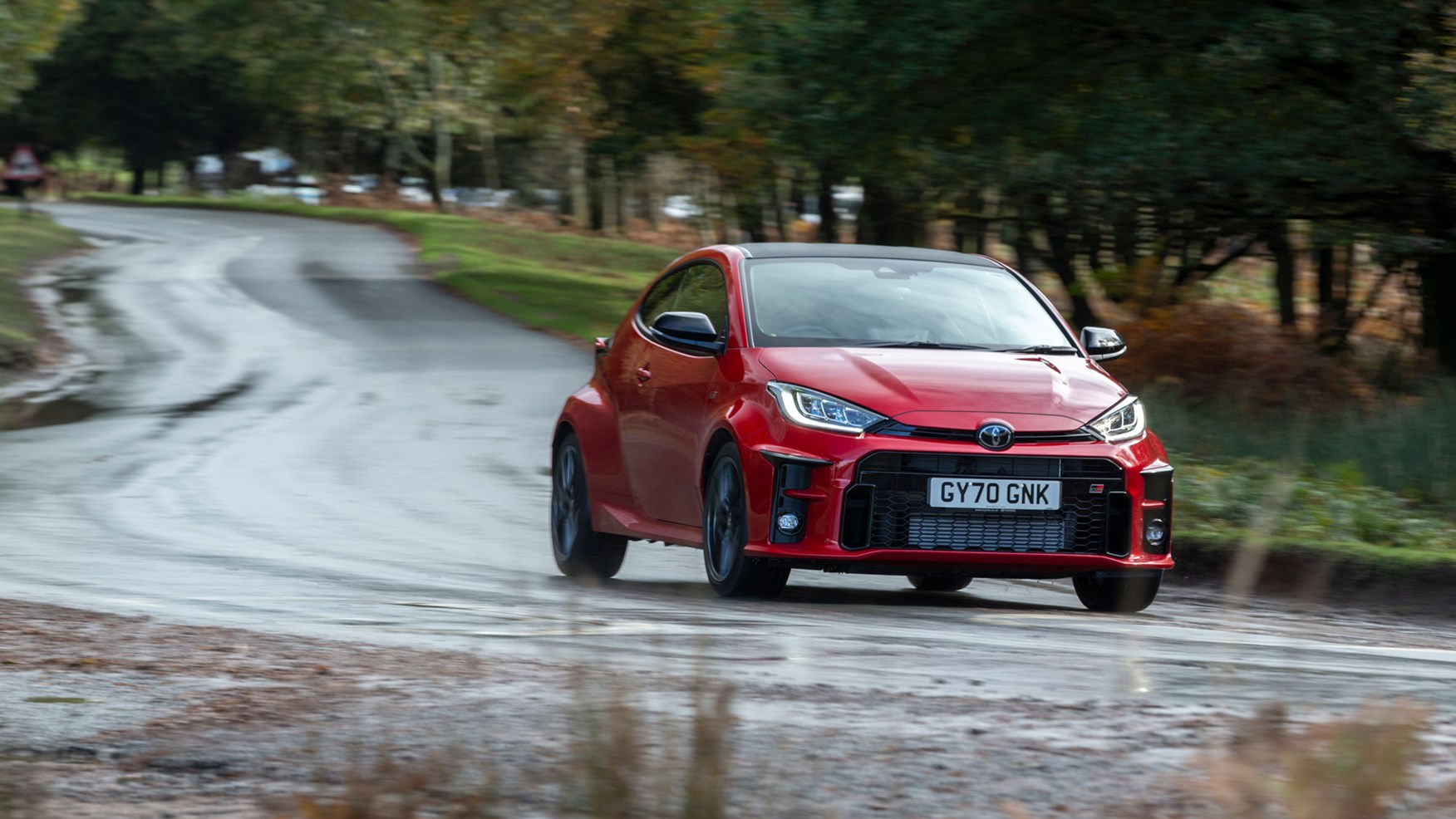
There’s an appealing rawness to it, though, and it’s an element of the drive that stays with you as you begin to stretch it out.
Maximum torque is available from 3000 rpm, yet it pulls with enthusiasm from lower down, revealing an encouraging crispness to the throttle response.
The dials in front of you are notably plain yet, like the engine note on start-up, it’s a pleasant change to the sporty fripperies of most current performance cars.
Talking of fripperies, though, the Yaris GR does have one in the shape of Active Noise Control that can’t be turned off.
Piping engine sound in through the cabin speakers, it comes across as slightly too prominent for this tester’s taste, overstepping the mark between welcome amplification and unnecessary distortion.
Maximum power occurs at 6500rpm and although the engine’s flexibility means most back road jaunts can be done at far lower revs, there is more than enough reward for stretching it towards the red line.
Granted, it’s not the buzzy crescendo of a naturally aspirated four-pot, but there’s a pleasing degree of manic excitement to be had.
Plus, the real-world pull feels scarcely less than a Civic Type R and on the money with a Hyundai i30N.
It’s an addictive power unit and one that you suspect we won’t see the last of in the Yaris GR.
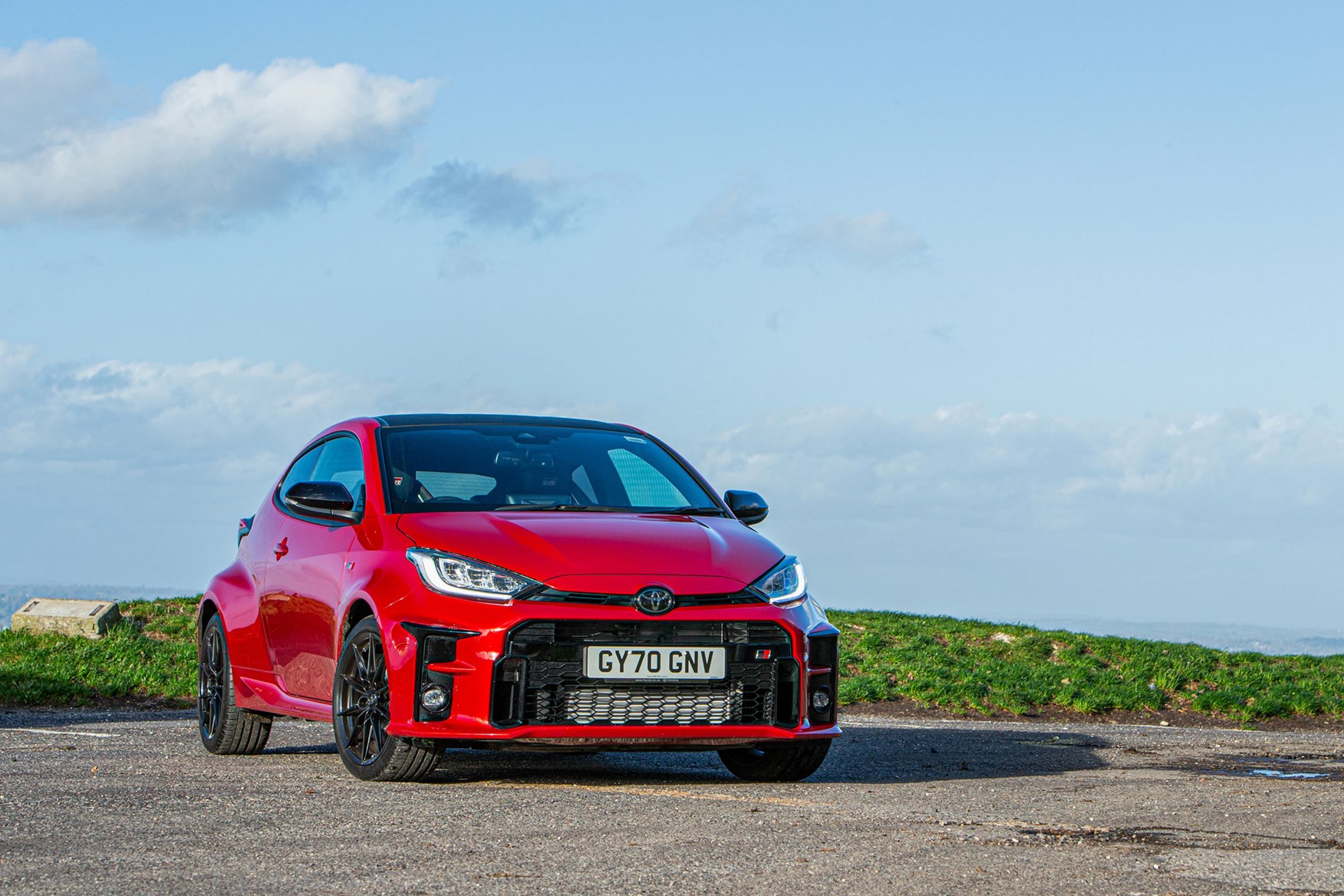
As for the six-speed manual, it feels like an evolution of what came in the 86.
A similarly connected feel exudes mechanical interaction, yet there’s a more precise and refined action to the stick, even if the throw is too long.
What’s the GR-Four all-wheel drive like?
Effective. It’s Toyota’s first original all-wheel-drive system in 20 years yet you wouldn’t know it.
Although 100 per cent of engine power can theoretically be sent to either axle, the Yaris GR features three drive modes where the user can choose the primary split.
Normal sees a 60:40 ratio, Sport 30:70 and Track splitting it down the middle at 50:50. Although, the gear ratios in the all-wheel-drive system means greater torque defaults to the rear wheels even when there’s no slip at the front.
The difference between each mode is slight but noticeable – and no doubt more so on track with greater space on offer.
Regardless, the way it carries the GR Yaris down wet, leaf-strewn country roads is nothing short of remarkable.
Its diminutive dimensions play a role in its outright point-to-point competence, yet the dynamic limits you see in most cars don’t apply in the Yaris – a sentence that, until now, this tester never thought he’d be writing.
Steering feel from the slightly too high driving position isn’t remarkable, but by the current standards of electric power steering it does a decent job of transmitting the road through the Michelin Pilot Sport 4S tyres.
The brakes, too, are predictably giant-killing in their stopping power. Four-pot at the front and two at the back, the former’s disc size is – believe it or not – is larger than the Toyota Supra’s.
Overall chassis compliance is suited nicely to British roads, and although the short wheelbase and high body rigidity mean you’ll occasionally get prominent longitudinal movement over sustained undulations, the damping is judged excellently.
Any complaints?
Just one. Many of this car’s rivals have a voracious appetite for bringing the rear end into play under even the most subtle provocation, yet the GR Yaris is far more planted.
And while it would be foolish to declare this a bad thing, it did leave us wishing for a little more interaction on the road.
Power oversteer is available in moderation (wet roads, mid-corner the ideal scenario), yet from our initial test drives, the rear end could perhaps benefit from a touch more throttle off adjustability to really bring the GR Yaris alive on the road.
Should you manage to break traction there’s a delicious amount of control on offer, yet it feels like a car that – on the road at least – prefers to rigidly carve its path.
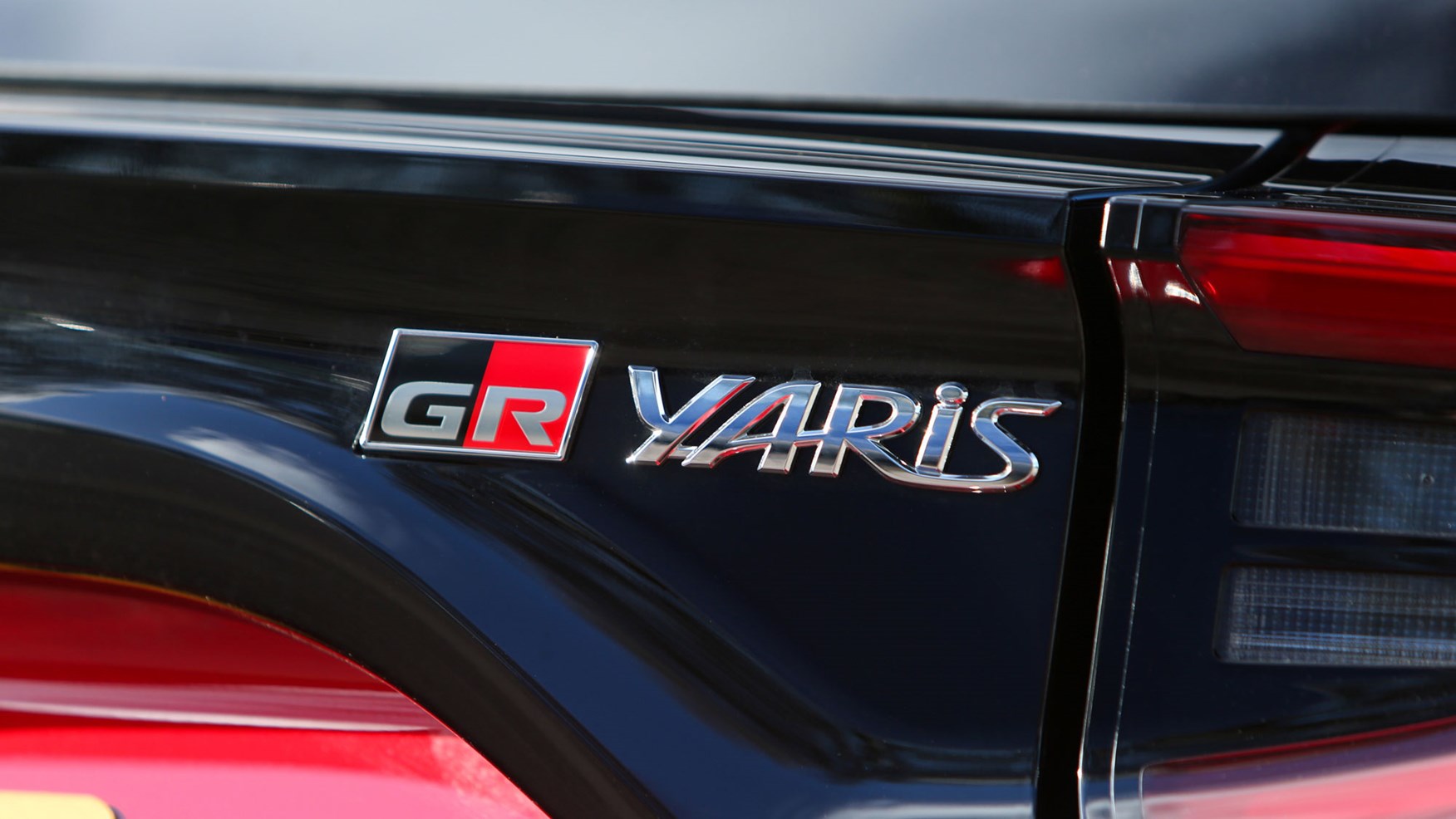
Verdict
A car that really shouldn’t exist – but boy, are we glad it does.
As a concept on the drawing board, most manufacturers would have laughed it out of the room, but the decision to go through with it is one that makes the hot-hatch market a far richer place.
It’s not quite perfect, yet it’s hard not to be won over by the car’s desire to punch well above its weight and deliver one of the most stimulating driver experiences around.
This article first appeared on Car UK
This article was originally published at carmagazine.co.uk



